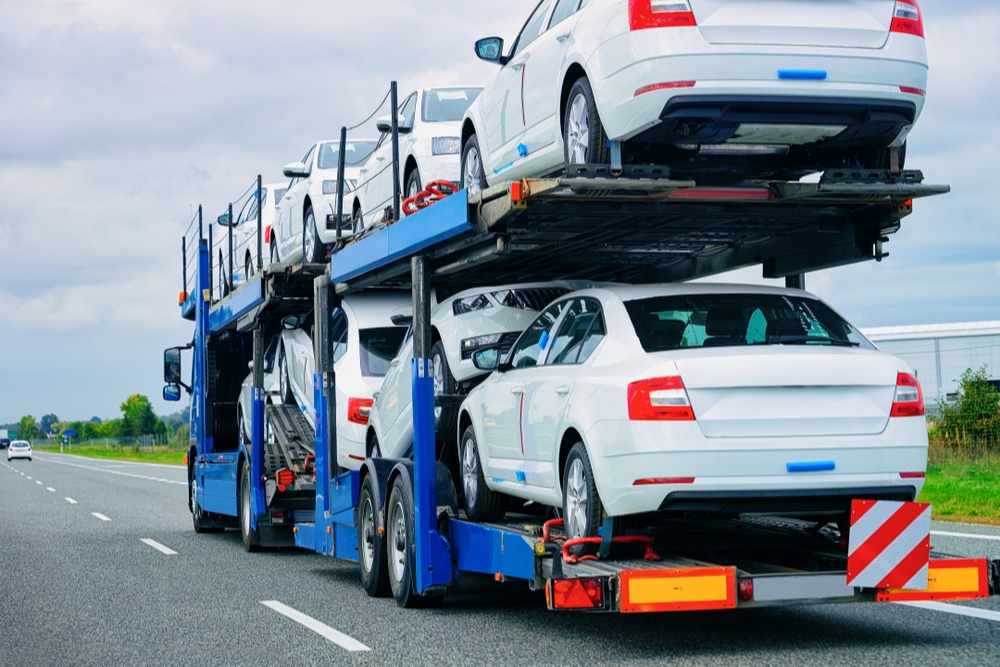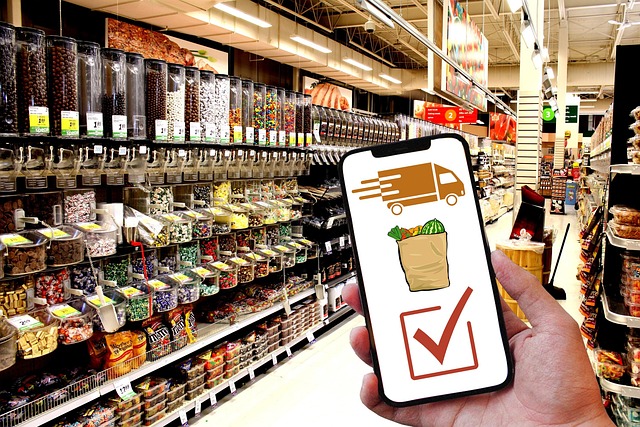Navigating International Vehicle Registration and Documentation
Moving a vehicle across borders involves more than shipping: registration, customs and local compliance determine how and when you can use a car in a new country. This short overview highlights the key documentation, checkpoints, and planning steps that help streamline import, clearance, and local registration processes for international vehicle transfers.

Moving a vehicle internationally requires careful attention to paperwork, timelines, and local rules. Before arranging shipping, owners should confirm what documentation their destination country requires for registration and use. Typical needs include proof of ownership, a bill of sale or invoice, the original vehicle title, export/import declarations, customs clearance forms, and certificates related to emissions or safety. Planning ahead reduces delays at ports, avoids unexpected fees, and preserves resale value by ensuring records remain intact.
What registration and documentation are required?
Most countries require a vehicle title or proof of ownership, an export declaration from the origin country, and an import application for the destination authority. Additional documents often include a bill of lading from the carrier, a commercial invoice for purchased vehicles, and any manufacturer certificates that attest to vehicle specifications. If a vehicle has been modified, records of modifications and relevant certifications are usually needed to meet local registration standards. Translation of documents and notarization may be required in some jurisdictions.
How do import, customs, and clearance work?
Customs procedures vary by country but generally begin with submission of import paperwork and payment of duties and taxes. A customs broker or freight forwarder can handle filings and coordinate inspections, which streamlines clearance if you’re unfamiliar with local rules. Tariffs and import taxes depend on vehicle type, age, and country of origin; historical or collector vehicles may have special provisions. Accurate documentation and early engagement with customs reduce risks of detention, fines, or costly storage fees at ports.
How does shipping and transport affect registration?
The shipping method—roll-on/roll-off (Ro-Ro), container, or air freight—affects timing, cost, and paperwork. Ro-Ro is often less expensive for operable vehicles but may be limited to certain routes; container shipping protects the vehicle and can include additional goods. Transport documentation, such as the bill of lading, is essential for customs and title transfer in many countries. Transit insurance during shipping is advisable, and logistics providers can advise on local transport options for moving the vehicle from port to inspection or registration centers.
What inspections, emissions, and certification apply?
Many jurisdictions require safety inspections, emissions testing, or both before a vehicle can be registered. These checks confirm compliance with local standards and may include equipment verifications, vehicle identification number (VIN) checks, and emissions measurements. Some countries allow temporary import permits while compliance adjustments are made, but permanent registration typically requires successful inspection and submission of certificates. If modifications are necessary to meet local regulations—such as lighting or emissions controls—obtain documented certification for the performed work.
How do financing, leasing, insurance, and warranty interact?
Financing or leasing arrangements can complicate international moves because lienholders often retain title until loans are repaid. Before export, obtain lender consent and a release or lien notation that is acceptable to customs and registration authorities. International insurance policies or export endorsements may be needed while the vehicle is in transit and during initial use abroad. Warranties may be voided by export or only valid in certain regions; confirm warranty transferability and request written confirmation if resale value or repairs are a concern.
Pricing and provider comparison
Below is a concise comparison of commonly used providers and services for international vehicle transport and customs handling. Costs shown are representative ranges for budgeting; actual quotes depend on route, vehicle size, and additional services such as inland transport, storage, or expedited clearance.
| Product/Service | Provider | Cost Estimation |
|---|---|---|
| Ro-Ro vehicle shipping (major routes) | Wallenius Wilhelmsen | $800–$3,000 |
| Container vehicle shipping | Maersk Line | $1,500–$5,000 |
| Specialized vehicle shipping & brokerage | Schumacher Cargo Logistics | $1,000–$4,000 |
| International freight & customs brokerage | DHL Global Forwarding | $100–$700 (brokerage only) |
| Comprehensive logistics and customs clearance | Kuehne+Nagel | $1,200–$5,000 |
Prices, rates, or cost estimates mentioned in this article are based on the latest available information but may change over time. Independent research is advised before making financial decisions.
Conclusion International vehicle registration and documentation are procedural but manageable with early research and the right partners. Confirm ownership and lien status, collect manufacturer and safety documentation, and engage experienced shippers or customs brokers to handle clearance and inspections. Budget for shipping, taxes, and potential compliance work, and retain detailed records to support registration, resale, or warranty claims.





